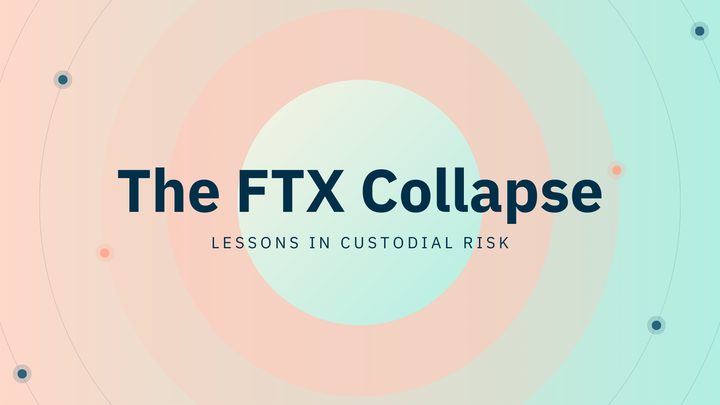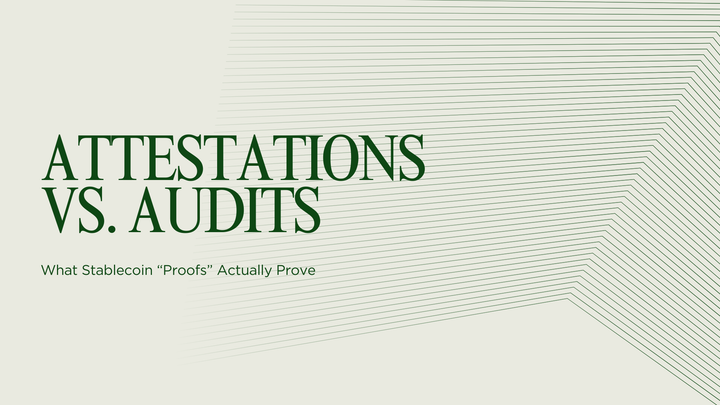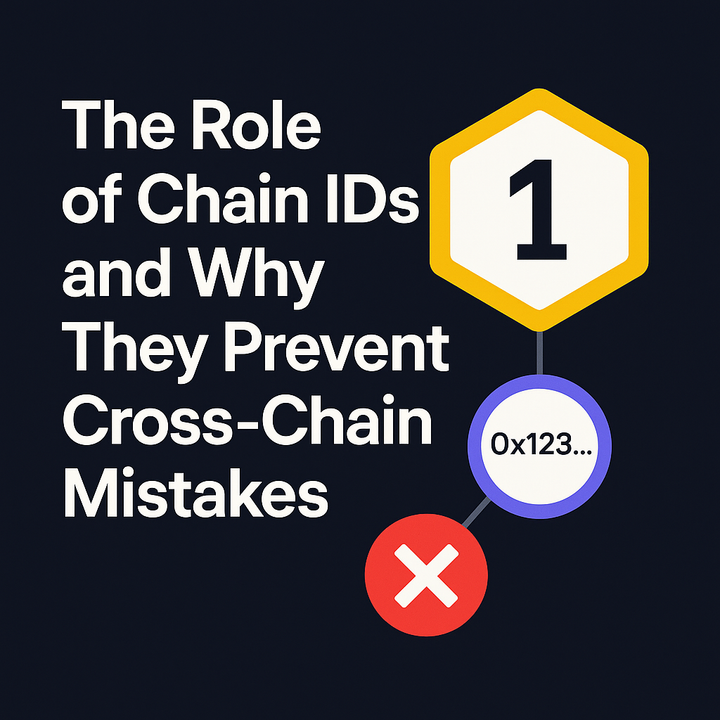Mitosis Chain: More Than Just a Blockchain – Creating a Center of Gravity for Cross-Chain Liquidity

1. Introduction: From Application to Ecosystem
In the Web3 world, we are accustomed to seeing projects evolve along a certain trajectory: first, a decentralized application (dApp) or protocol emerges that solves a specific problem and operates on top of an existing Layer 1 (L1) or Layer 2 (L2) blockchain. This is a logical and correct path for testing hypotheses and acquiring an initial audience. Mitosis, as a cross-chain liquidity protocol, began in precisely this way – as an infrastructure layer connecting existing networks.
However, as a project matures and its ambitions grow, a strategic question may arise: is it enough to be a "guest" in others' ecosystems, or does realizing its full potential require creating its own home – its own L1 blockchain?
In recent years, we have seen more and more successful applications (like dYdX) take this path, launching their own "appchains" or sovereign blockchains. Mitosis has also announced plans to create Mitosis Chain. At first glance, this might seem like an unnecessary complication. Why would a protocol whose job is to connect other networks need to create yet another one?
This move is not a whim, but a deeply considered strategic decision aimed at overcoming the fundamental limitations of existing infrastructures and creating a truly optimized environment for managing global liquidity.
The Limitations of Existing L1s/L2s for a Protocol of Mitosis's Scale
Operating on top of general-purpose blockchains (like Ethereum, Polygon, Arbitrum), a protocol like Mitosis faces a number of trade-offs:
- Lack of Sovereignty: Mitosis depends on the rules, updates, and roadmap of the underlying L1/L2. Any changes to the consensus mechanism, fee structure, or virtual machine of the base network can affect Mitosis's operation.
- Limited Optimization: General-purpose blockchains are designed to support a wide range of dApps and cannot be "tuned" for the specific needs of a liquidity management protocol. This applies to everything from how transactions are processed to how the consensus mechanism is structured.
- Value Leakage: A significant portion of the value generated by Mitosis's activity (e.g., gas fees, MEV - Maximal Extractable Value) goes to the underlying L1/L2, rather than being directly reinvested into the Mitosis ecosystem to grow EOL or reward participants.
- Competition for Resources: Mitosis competes for "block space" and throughput with thousands of other dApps on the same L1/L2, which can lead to fee spikes and delays.
To transition from just a "good" cross-chain protocol to a fundamental infrastructure layer for all of Web3, Mitosis must have the ability to control and optimize its base environment. And its own L1 provides exactly this opportunity.
The Goal of This Article: Unpacking the Mitosis Chain Strategy
In this article, we will explore in detail why the creation of Mitosis Chain is a logical and necessary step for realizing the project's long-term vision. We will analyze four key aspects of this strategic decision:
- Sovereignty and Deep Optimization: How its own L1 will allow "tuning" the infrastructure for the unique tasks of managing EOL and cross-chain operations.
- Efficient Value Capture: How Mitosis Chain will help reinvest the value created back into the ecosystem.
- Creating a Neutral Liquidity Hub: The role of Mitosis Chain as a trusted "settlement hub" for assets from different ecosystems.
- Attracting Developers and Expanding the Ecosystem: How the new L1 will become a platform for creating next-generation dApps that natively use cross-chain liquidity.
We will show that Mitosis Chain is not just about adding another network to the list, but about creating a center of gravity for the entire Mitosis ecosystem, capable of taking it to a whole new level of efficiency, sustainability, and innovation.
2. The Four Pillars of the Mitosis Chain Strategy
The decision to launch its own L1 blockchain, Mitosis Chain, is based on four strategic advantages that will allow the protocol to realize its full potential. Let's examine each of them in more detail.
1. Sovereignty and Deep Optimization
This is arguably the most important reason. Its own L1 gives Mitosis full control over its execution environment, allowing every component to be "tuned" for the specific tasks of managing cross-chain liquidity.
- Optimized Consensus and Execution: Mitosis Chain can use a consensus mechanism (e.g., Proof-of-Stake based on Tendermint or its equivalents) that is optimized for fast transaction finality, which is critical for cross-chain operations. The virtual machine (VM) can be customized for more efficient processing of complex financial calculations related to EOL and liquidity routing.
- Specialized Protocol-Level Features: Mitosis will be able to embed key functions (e.g., cross-chain message verification, EOL pool management) directly into the base protocol of the blockchain, rather than implementing them as smart contracts on a general-purpose network. This increases performance and reduces risks.
- Independent Roadmap: Mitosis will no longer depend on the updates and priorities of other networks. The team and community will be able to develop the protocol according to their own vision and the needs of the ecosystem.
2. Efficient Value Capture
Operating on someone else's L1/L2, Mitosis generates significant value that "leaks" to the base network. Mitosis Chain allows this value to be directed towards the development of its own ecosystem.
- Transaction Fees: Gas fees on Mitosis Chain will be collected by the network itself. A portion of these fees can be burned (creating deflationary pressure on the native token), and another portion can be directed to the treasury to replenish EOL or reward validators and stakers.
- MEV (Maximal Extractable Value) Management: MEV is the profit that validators can extract by manipulating the order of transactions. On general-purpose networks, this profit often goes to the validators. Mitosis Chain can implement fairer MEV management mechanisms (e.g., auctions or redistributing part of the MEV back to users), making transactions more profitable and predictable.
- Ecosystem Incentivization: The captured value can be used to fund grants for developers, marketing campaigns, and other initiatives that promote the growth of the Mitosis ecosystem.
3. Creation of a Neutral Liquidity Hub
In a world of multiple blockchains, each with its own interests, a "neutral territory" or "settlement hub" that all participants can trust is necessary.
- Center of Gravity for EOL: Mitosis Chain will become the primary venue for coordinating and managing Ecosystem-Owned Liquidity. It will be the central hub from which liquidity is distributed to other networks.
- Trusted Environment for Partners: Other blockchains and protocols can view Mitosis Chain as a reliable and neutral platform for integration, knowing that it is specifically designed to ensure the security and efficiency of cross-chain operations.
- Simplified Routing: Instead of complex routes like "chain A -> chain B -> chain C," many operations can pass through Mitosis Chain as a central hub ("chain A -> Mitosis Chain -> chain B"), which simplifies logic and potentially enhances security.
4. Attracting Developers and Expanding the Ecosystem
Mitosis Chain is not just a technical optimization but also a platform to attract new projects.
- Environment for Cross-Chain dApps: Developers creating applications that require deep and native integration with cross-chain liquidity will find Mitosis Chain to be an ideal environment. They will be able to easily interact with EOL and other Mitosis mechanisms.
- Network Effects: The emergence of new dApps on Mitosis Chain will attract more users and liquidity. This, in turn, will make the platform even more attractive to new developers, creating a positive feedback loop.
- Specialized Tools: Mitosis will be able to offer developers on its L1 unique tools and APIs that would be impossible to implement as smart contracts on general-purpose networks.
Conclusion: From Protocol to Sovereign Ecosystem
The launch of Mitosis Chain is an evolutionary leap from a protocol solving a specific problem to a sovereign, self-sufficient, and optimized ecosystem built around the idea of unifying liquidity. This step will allow Mitosis not only to overcome the limitations of existing networks but also to create new opportunities for growth, innovation, and value capture.
By creating its own L1, Mitosis is making a bold bet on a future where it will be not just one of the bridges between worlds, but the central square where these worlds meet, trade, and interact. It is a strategic decision that could define Mitosis's place as one of the fundamental pillars of the future decentralized internet.
Learn more about Mitosis:
- Explore details on the official website: https://www.mitosis.org/
- Follow announcements on Twitter: https://twitter.com/MitosisOrg
- Participate in discussions on Discord: https://discord.com/invite/mitosis
- Read articles and updates on Medium: https://medium.com/mitosisorg
- Blog: https://blog.mitosis.org/



Comments ()